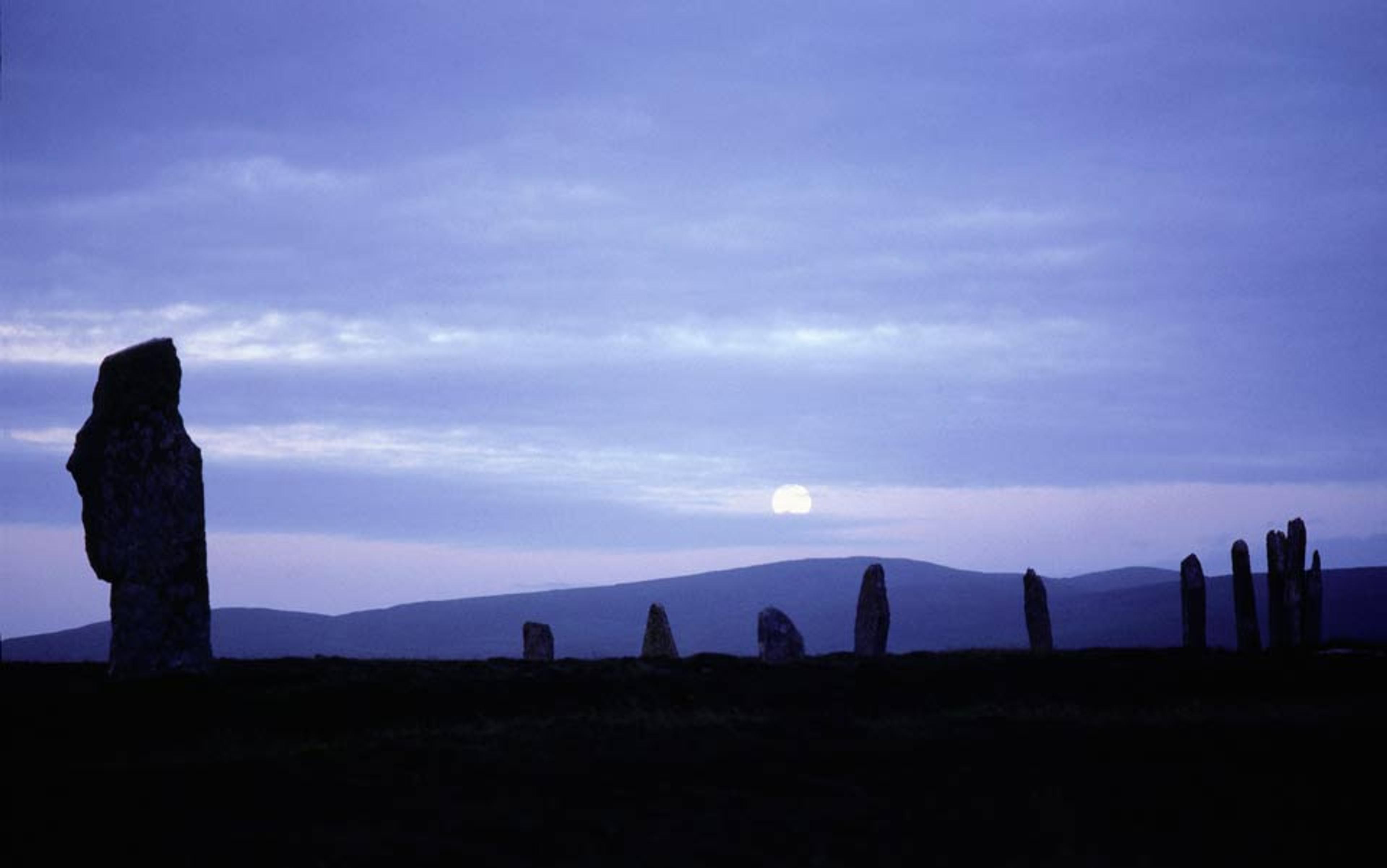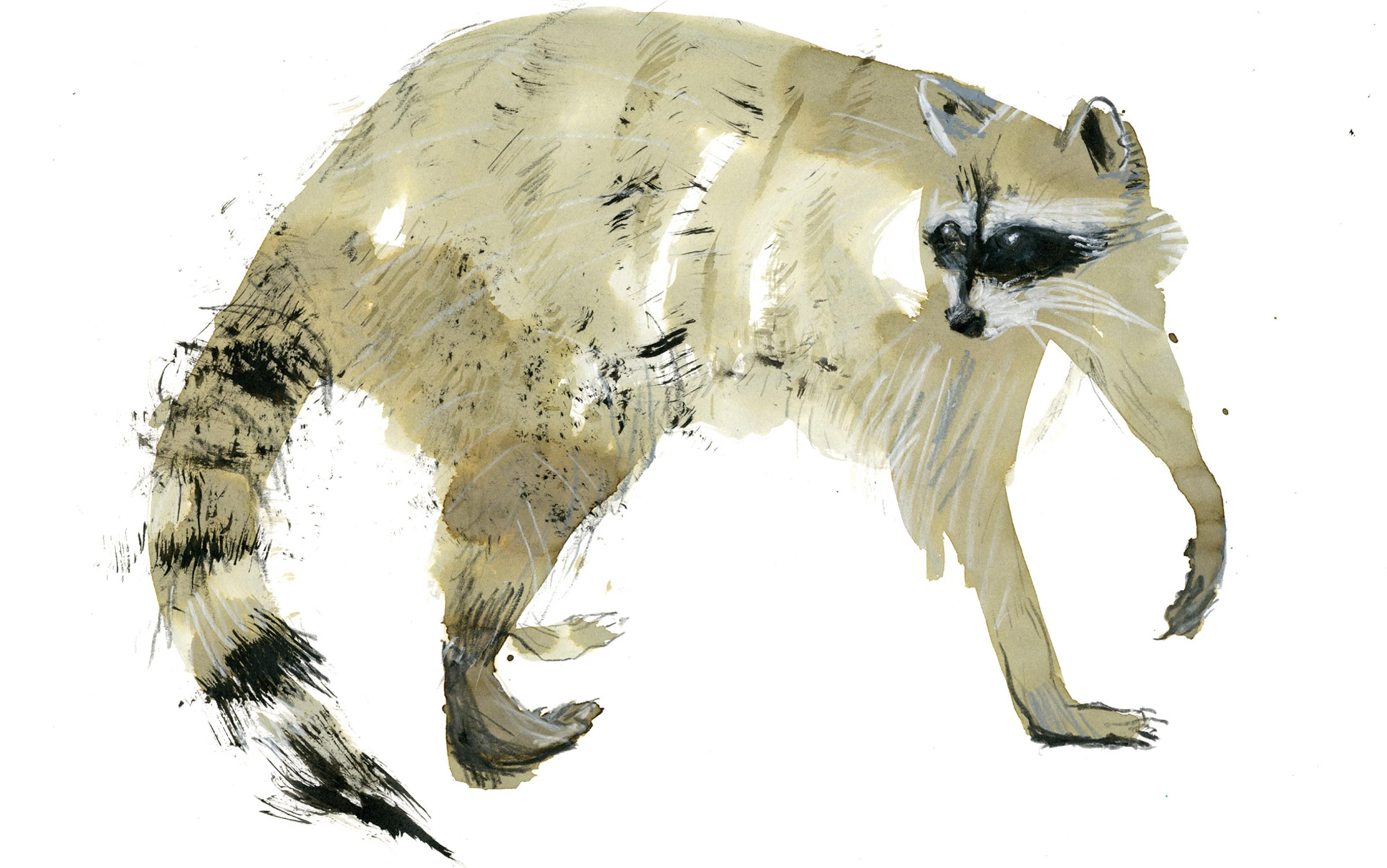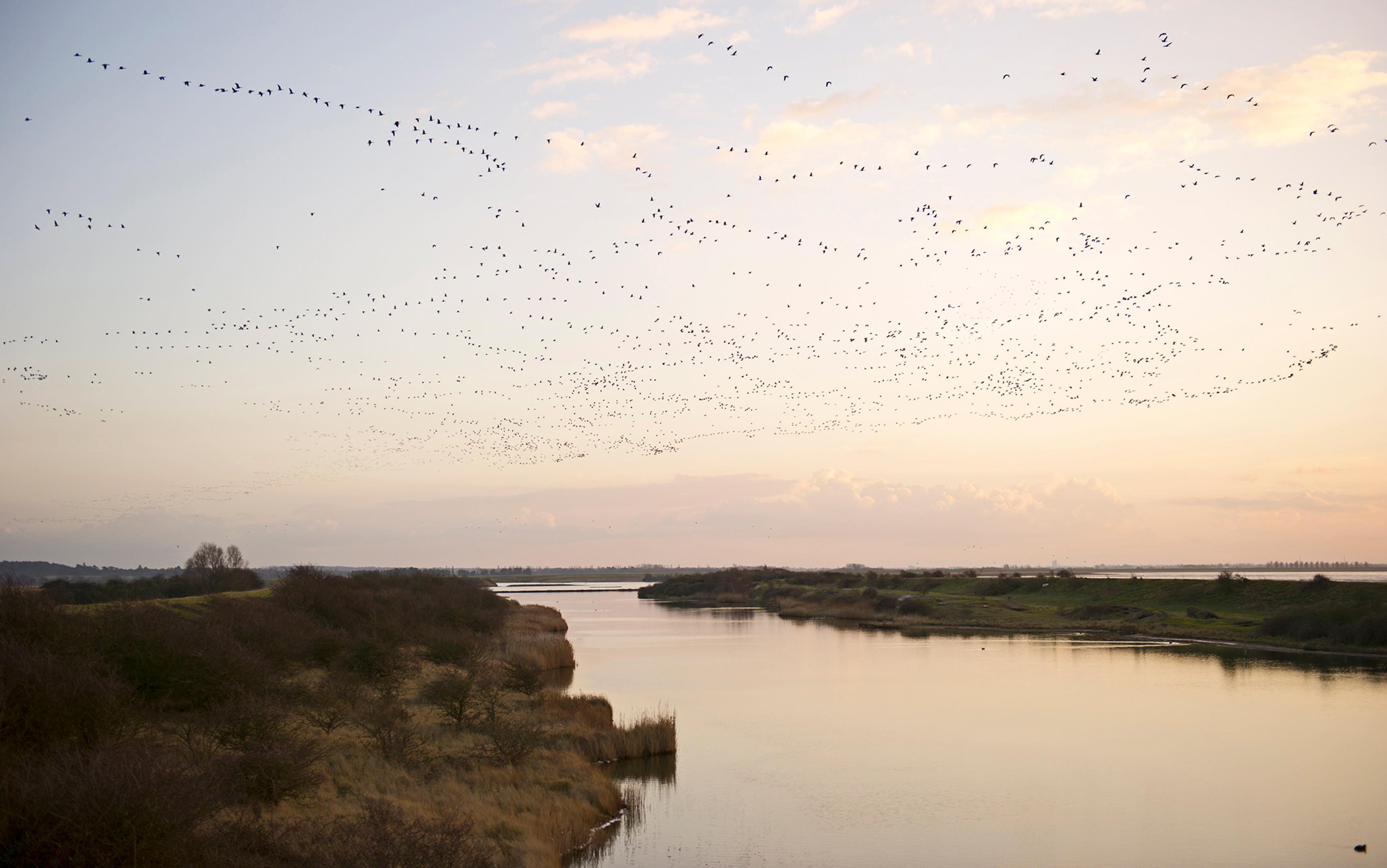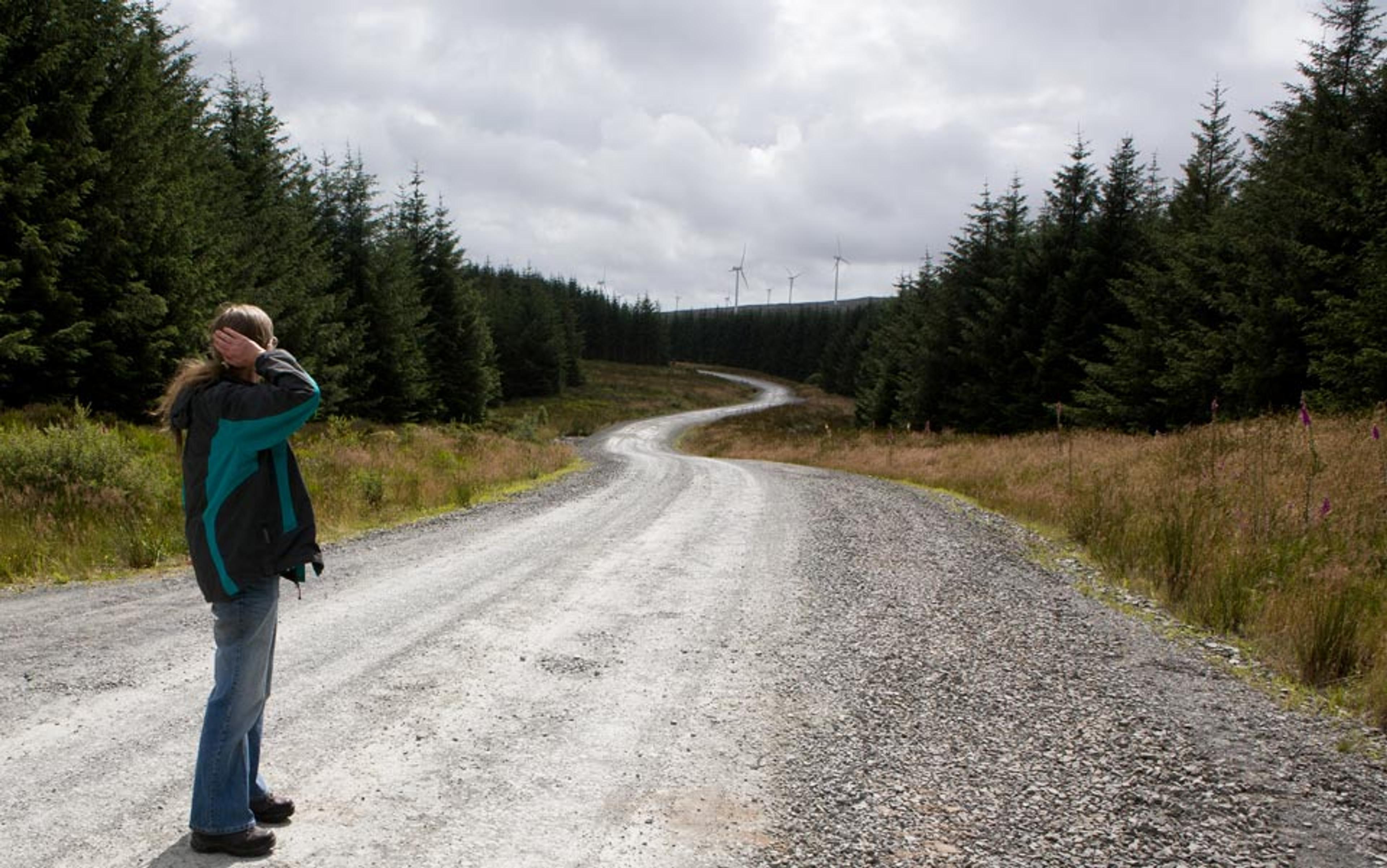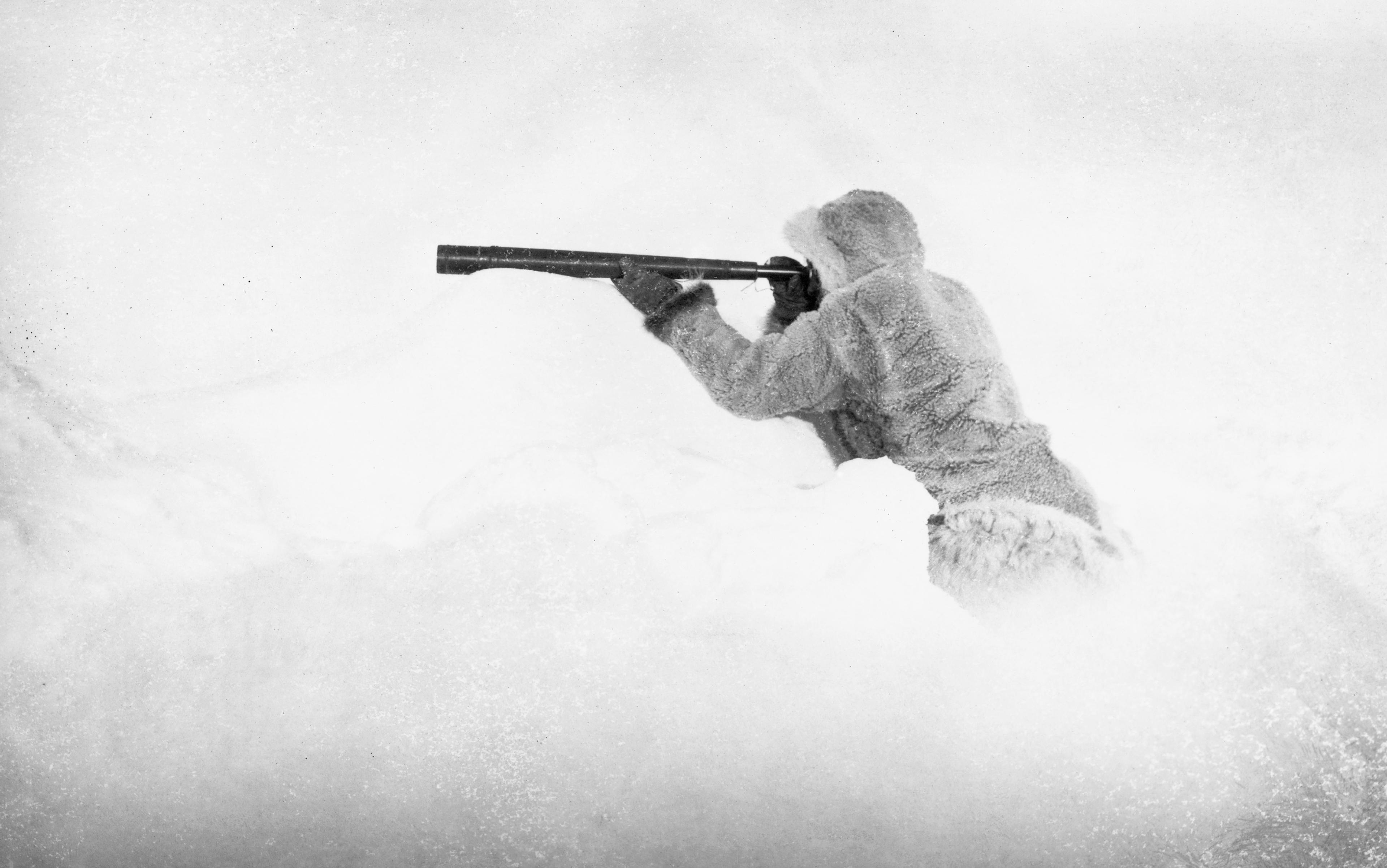I spent the summer staying up all night. When everyone else was asleep, I was out in the gloaming with the livestock and the wildfowl, searching for a rare, endangered bird. I returned each morning to the tiny rented half-a-house above the harbour town where I went to school. Here, they call me ‘the corncrake wife’. For the past two summers, I’ve been working on a conservation project as the corncrake officer for the Royal Society for the Protection of Birds (RSPB) in the Orkney Islands, off the north coast of Scotland.
Corncrakes are similar in size and shape to moorhens, but brown with a ginger wing and pink beak, and they inhabit farmland rather than wetland. At one time they were common across the whole of the UK; now, Orkney is one of the few places where they can still be found. The RSPB calls the birds a ‘globally threatened species’ and they are on the Red List of threatened species of the International Union for Conservation of Nature, having almost been wiped out in the UK by mechanised agriculture. My job in Orkney is to locate every calling male (only the males call) on the archipelago. I appeal for public reports, asking people to call my ‘corncrake hotline’ if they hear one. My answerphone message contains a recording of the call so that people can compare it with what they have heard. The sound is like a credit card scraped over a comb, or a guiro percussion instrument — or like the corncrake’s onomatopoeic Latin name, Crex crex. The oldest generation of islanders are already familiar with the call, of course. This was once the sound of the countryside on summer nights.
As well as collecting other people’s reports, I carry out my own comprehensive survey of the likely habitat in Orkney. It takes seven weeks and I have to do it twice. Corncrakes are elusive. They hide in the long vegetation, and although I heard quite a few in my first season, I never saw one. Because the birds are nocturnal, my survey takes place between midnight and 3am, by car, following a standardised national methodology: stop at least once in each suitable 1km map grid square, wind down the windows and listen for two minutes.
I leave home at 11pm — nightclub time — fill my Thermos with coffee rather than wine, and dress in warm layers. Then it’s out into the countryside, past homes putting their lights out for the night, past ancient standing stones and modern wind turbines on the dark hillsides. At this latitude, it barely gets dark around midsummer; the sky just dims. On a clear night with little cloud, there is a perpetual sunrise or sunset on the north horizon — reflected in a line on the side of my car. Dusk blends into dawn and I can’t say whether the day is ending or beginning. In Orkney this time is called ‘the grimlins’.
A couple of years ago, I left my job in London and spent three months at an alcohol treatment centre. Now I’m back in the islands, driving country roads and farm tracks at night, accelerating over a hill and seeing the black water of Scapa Flow. As I drive, I try to unpick what happened: the 10 houses I’ve lived in over the past five years, the lost jobs and relationships, the doctors’ surgeries and AA meetings. Everywhere here is close to the sea, which carries a constant wind.
On my passenger seat is a bat detector, tuned to 40-50 kHz. I train it on likely bat spots — trees and old buildings — and on grassland. But my primary tool is hearing. I am the night listener. My woolly hat pushes my ears forward. I chew no gum, wear no rustling clothes. The work is repetitive — driving to the next stop, pulling in if possible, turning off the ignition, winding down the windows, consulting the map and noting down the grid reference. Then I wait for the noise of the car engine and my head to subside, and the sounds of the night to reveal themselves.
Waves break on bays across the fields. There are the noises of sheep, dogs and seals. No corncrakes, usually, but other birds: curlew, oystercatcher, lapwing, snipe. The ‘demented pig-whistle’ I recorded on my phone turned out to be a bird called the water rail. Familiar things become strange when the only lights are scattered houses and farms, a cruise liner lit up out to sea, a lighthouse beam rotating in a flash every eight, then 24, seconds. One night, a herd of black cows ran towards me in the darkness.
I’m tuned in to the corncrake’s frequency. Anything rasping — a rook, a chainsaw — makes me freeze
I listen while looking at the light of my phone or the sunrise in my rear-view mirror. Every now and then, I become fully alert — stop breathing, strain more intently to hear — but then it is only the churning of a wind turbine, or a cow’s breath. For months after the survey finishes, I’m tuned in to the corncrake’s frequency. Anything rasping — a rook, a chainsaw — makes me freeze. When I do find a corncrake (on a still night, they can be heard a kilometre away), it’s almost too much to believe. I get out of the car, the cool night wind on my face, lit by my headlights, and, keeping to the road so I don’t disturb the bird, move slowly towards the call until I can pinpoint the location.
Some nights I’m exhausted, the weather comes in bad and I think about abandoning work for the night. I was angry and frustrated when I arrived back here. I’d stopped drinking but where was my reward? I was sober but I wasn’t happy about it, and my grumpiness let other people know. On Friday and Saturday nights, I think about what my friends are doing back in London, reading their drunk tweets before they delete them in the morning. By white windswept dawn, I am ragged and dumb; out alone with my map and thoughts.
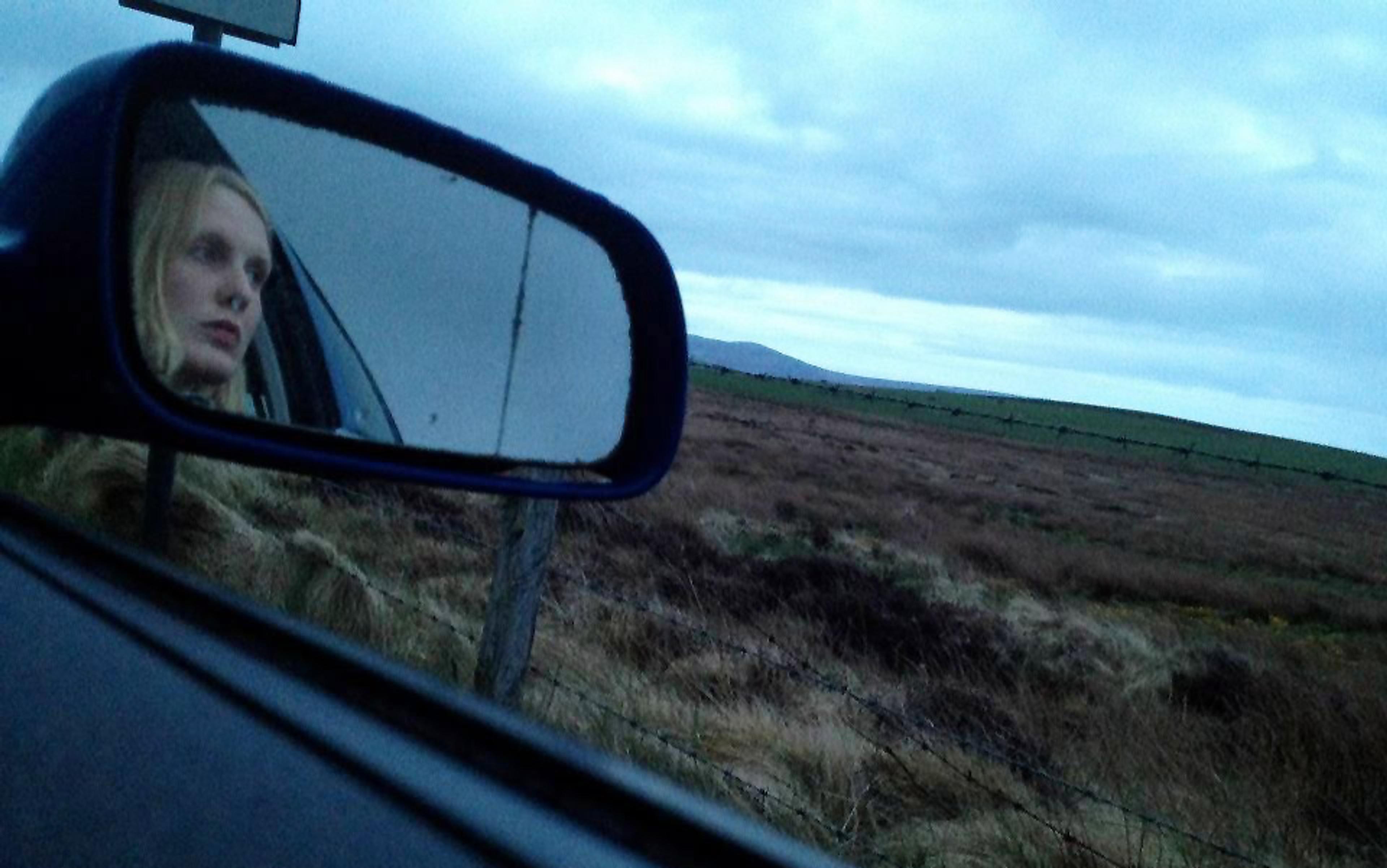
Amy Liptrot
At first, I counted the days I had been sober, then the weeks. Now it’s just the months. It’s been more than two years and the cravings come less frequently, but they still come. Driving home in a beautiful dawn, I am the only person on the road, listening to happy hardcore and feeling like the Queen of Orkney. Then suddenly all I want is a bottle of wine and it’s a good thing the island has no 24-hour off-licences.
Corncrakes tend to live in the long grass used for silage or hay. Fields are traditionally mown in a spiral pattern, starting at the edge and working inward. Instead of flying away, corncrakes hunker down and hide in vegetation when danger approaches, moving into the uncut grass until there is none left. The last swathe of the mower is what kills them. But the mowers keep getting more efficient, the fields grow larger, and there are ever fewer uncut margins in which to find refuge. We ask farmers to mow the fields in a ‘corncrake-friendly’ pattern — from the inside of the field outwards — giving the birds more of a chance to escape, and to leave a ‘refuge zone’ of uncut grass. We also offer payments to delay the cutting of the grass until August, which would allow the birds to rear their chicks. I am a farmer’s daughter (probably why I was given the job), but I still feel nervous driving down unfamiliar tracks, knocking at farmhouse doors, dogs barking. Yet every farmer is willing to discuss the options. I find them knowledgeable about the wildlife on their land and most are able to change the mowing pattern. No one flat-out refuses; that’s not really the Orcadian way. They just say they’ll think about it, then I never hear back.
I am obsessed, seeing the world through the prism of corncrakes. I read scientific papers and follow research on their migration routes. They’re all that people ever ask me about. I accidentally replace other words with ‘corncrake’ when I’m typing; I change my ringtone to a corncrake’s call; I set a Google alert for corncrake references in the world’s media. Somehow this bird, this creature I grew up with but never really noticed, has become my ‘thing’. It is what I do with myself.
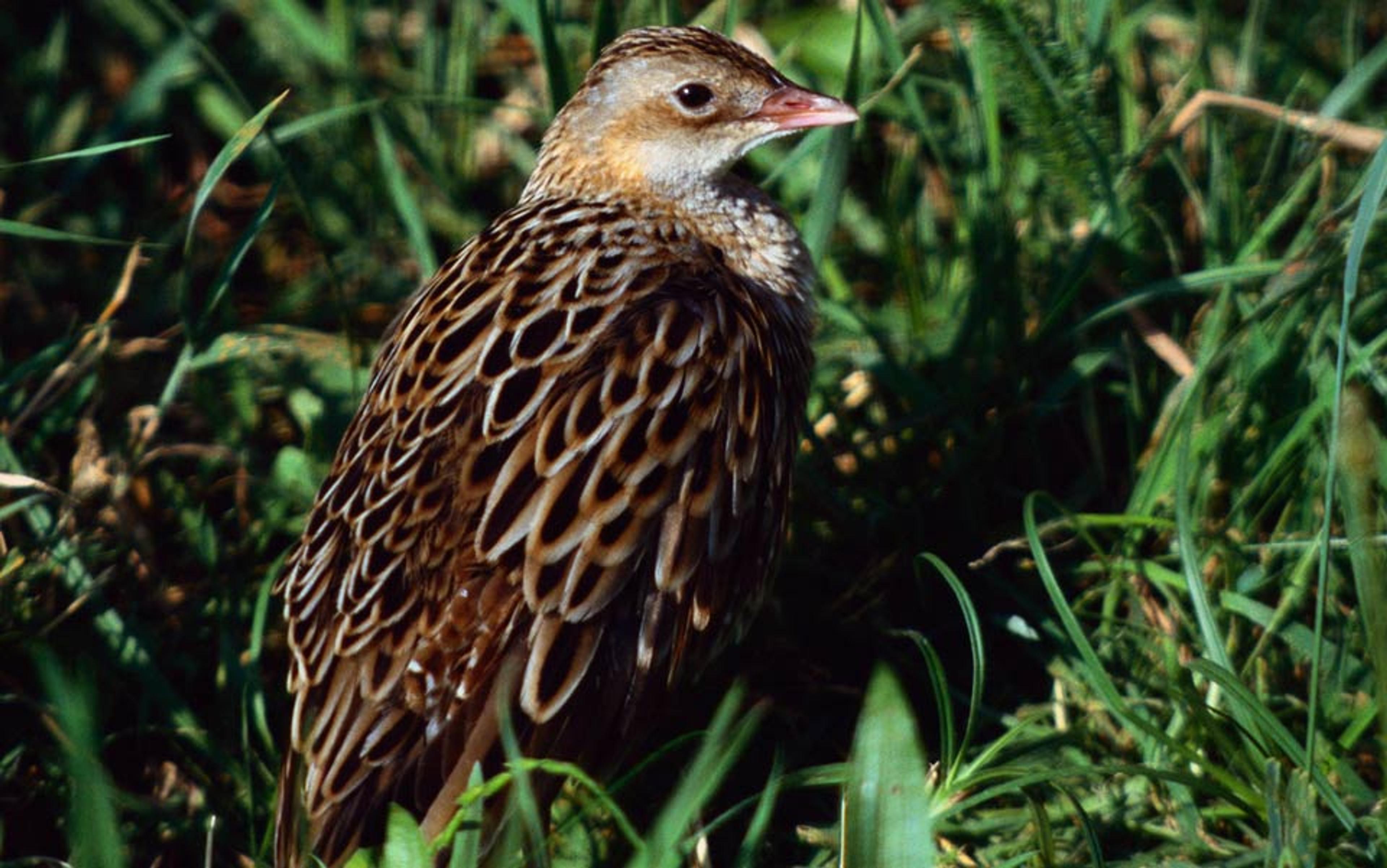
Crex Crex: the elusive corncrake. Photo by Roger Tidman/Corbis
In June 2011, 50 adult male corncrakes were caught on the Hebridean island of Coll, lured into nets by a taped call of what they thoughts was a rival male. Geolocators, weighing less than a gram, were attached to their legs on plastic rings. The following summer, some of the birds were re-caught, and their tags revealed that they had travelled all the way to the Democratic Republic of the Congo in west Africa. This seems incredible: in Scotland, corncrakes are reluctant to fly at all, which is what makes them so vulnerable to farm machinery. There is even local folklore about them going ‘underground’ instead of migrating, turning into moorhens or perhaps riding on other birds’ backs. But fly they do, and just 30 per cent of adults survive the migration to return to Orkney the following year. Many are trapped in hunters’ nets in north Africa. Corncrakes need to rear a lot of chicks just to replenish the population, let alone increase it.
I keep stopping at places where I heard a male calling last year but I hear nothing. In recent years, there has been a slow and steady upwards trend in numbers, and the RSPB’s Corncrake Initiative was a success story. But this year has been very disappointing: the number of verified male corncrakes calling in Orkney dropped from 32 to just 14. Back in the office, sleep-deprived, I fill in zeroes in my spreadsheets. I am depressed about corncrakes. Somehow it is as if my fate becomes intertwined with that of the bird. I’m trying to cling onto a normal life and stay sober. They are clinging on to existence.
Corncrakes had been here for thousands of years, yet in under a century we have all but wiped them out
At 1.35am on an outer isle, I drive a mile down a sandy track to a peninsula then walk another half mile in the dark, following up a vague report from a tourist. I hear nothing, and start to ask myself questions. Why save this bird, a bird seldom seen, a relic from the crofting times, a bird unable to adapt to modern land use? What difference does it make? And then I learn that, in 1977, corncrake remains were excavated from the Pictish and Viking Age site at Buckquoy, in Orkney’s West Mainland. It shocks me to think that corncrakes had been here for thousands of years, yet in under a century we have all but wiped them out. Their decline is undoubtedly down to us. It seems right that we should take responsibility to conserve the last few.
At least the corncrake is not yet extinct in Orkney. It is likely that the project has ensured its continued presence on the isles. Perhaps the low count this year is just a blip, owing to the late arrival of summer.
There was a lot of fog this year. Sound travels further in fog, making the corncrake’s call easier to hear, but driving is harder. Down dark and misty roads, only the Ordnance Survey grid reference app can tell me where I am. Some nights, it seems like there is fog inside the car. All the same, I love the mist that hangs below me in Orkney’s gentle valleys, as if I’ve climbed to the top of the beanstalk.
My friend told me about the time her mother died, leaving behind a husband and three young children. The family went on holiday in America, and my friend described her dad as ‘just driving’. You might feel that you can’t go on, yet you do; just driving to give you something to do while things settle, shift and gain form, until the way that life is going to be makes itself clear. I’m driving on, 1km grid square by 1km grid square. Imperceptibly, the churning in my chest is subsiding. One night, I realise I’m feeling easier and more normal, even lucky to live and work here in Orkney.
As well as the ‘mainland’, as we call the biggest land mass in Orkney, the survey takes me out to smaller islands. Dozing on ferries, I pass such places as Thieves Holm, an uninhabited island to which thieves and witches were once banished. Pre-dawn on Stronsay, snipe are drumming and there are ghost moths. On the island of Sanday, the weather is awful and my car window gets stuck open. On Westray, the shop sells masks of the faces of the English TV presenter Davina McCall and the singer Amy Winehouse, and two male corncrakes call in competition from either side of a loch.
I stop at the former Post Office where my birth was registered, at the school bus stop where I often found four-leaf clovers, at the passing place where the police caught me drink-driving. I grew up here. The roads draw me home. An isolated male, perhaps the only corncrake on his island, calls for three, four, five hours a night, for months. A male was heard calling on the small island of Flotta all summer, and I am delighted to hear that chicks were seen at the end of the season — he found a mate after all.
This is a different kind of nightlife. The life I had in the city — bars and clubs — is no longer there for me but these nevernights — marking off grid references and following maps in the mist — they are my own. I’ve found no corncrakes tonight but dawn is coming, I’ve got a flask of coffee and I can hear seals.
There are wonderful moments. I made eye contact with a short-eared owl. It was on a fence post next to where I parked, and we both turned our heads and saw each other. I gasped, the owl flew. One still-pink dawn just before midsummer, I stopped at the Ring of Brodgar on the way home. There was no one around, and I took all my clothes off and ran around the neolithic stone circle.
Just after 3am when I finished my survey one night, I pulled away slowly in the car and something unexpected happened: I saw a corncrake. It was just a moment but it was in the road right in front of me, running into the grass verge. Its image — the pink beak and ginger wing — keeps darting through my mind: just a second that confirmed the existence I’d spent months searching for. My first and only corncrake. Usually dawn comes slowly but tonight I drove out of a cloud and suddenly it’s a new day.
If you enjoyed this Essay, Amy Liptrot went on to have success with her book The Outrun (2015). Of the connection between her book and this Essay, Amy said: ‘Having my corncrake essay published on Aeon was a huge step for my writing. I remember well the day it went online, when I was living alone on a small island and working on what would be become my first book, and being so happy and encouraged by the responses and comments from readers. One of these readers was a literary agent who emailed me to say he had read the essay and had I ever considered writing a book. I was able to reply and tell him I’d almost finished, send him the manuscript, and go on to work with him for the last decade. Thank you Aeon!’
